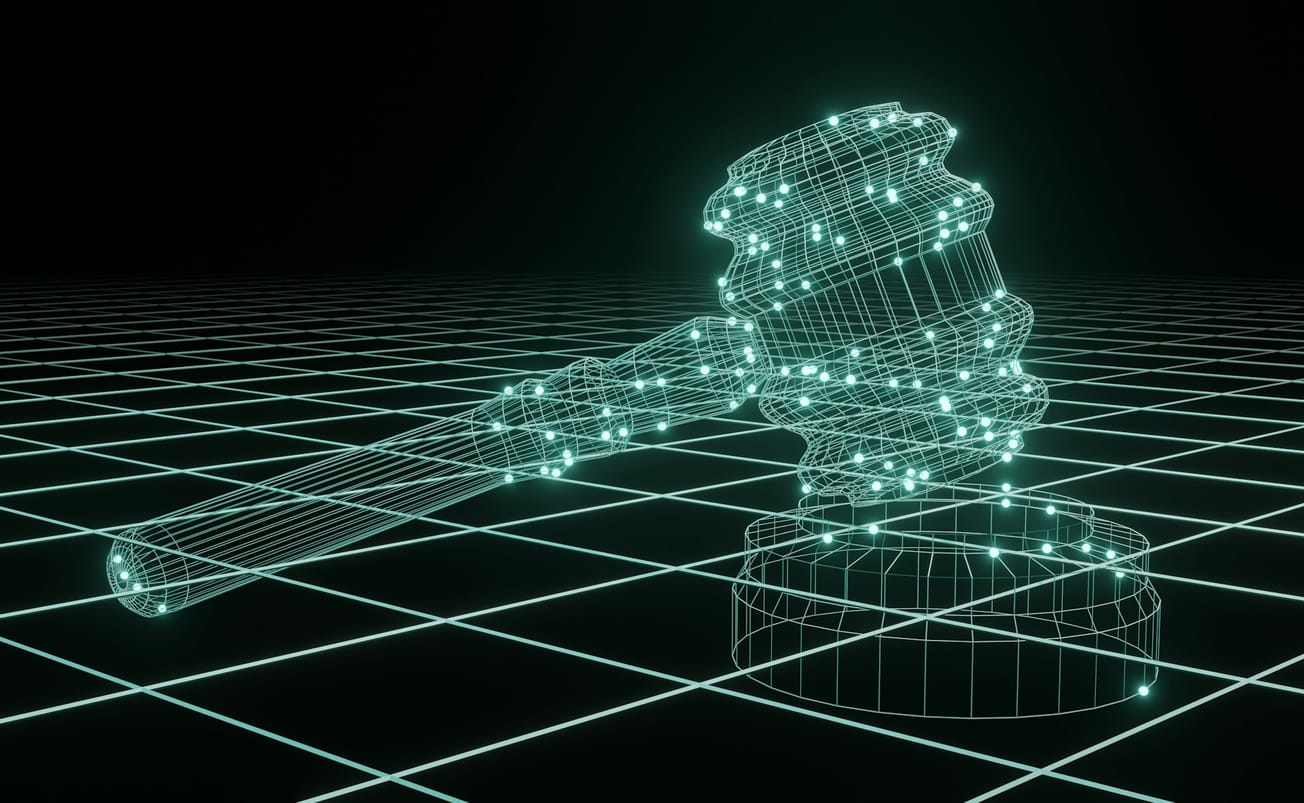It can feel absurd to see the huge computational firepower behind generative AI being used to create the world’s most powerful cat.
The 2023 trend in which users asked LLMs to “make it more” was undoubtedly funny – choose between omniscient and universe-running cats, patriotic dogs or the cosmos’s hottest ramen. But as a way of exercising sought-after GPU muscle, the trend felt a little insubstantial.
A growing number of cynics have been muttering darkly about whether generative AI is good only for such gimmicks. Where, they asked, were the real killer enterprise applications that moved the needle? (Veeam’s CTO Danny Allan was one such sceptic, saying: “We’ve seen the hype around blockchain and Web3 in years past, and generative AI is no different…”)
To MongoDB’s CMO Peder Ulander, the “make it more” humour was welcome, however. He reflects that ChatGPT’s huge public adoption in 2023 and array of use-cases was a landmark for tech “that has been around for a while, but been too costly or complex to set up for most.
"Making this stuff accessible to all users was the world’s best parlour trick. Sure, they’re making the world’s most powerful cat, but it got people thinking about how they would they use it in an enterprise, too…”
From gimmicks to reducing user burdens
MongoDB’s SVP of Product, Andrew Davidson thinks generative AI has already led to significant progress: “I think there's a specific shift that's happened that we've been waiting for – that’s the ability as a software developer, as an engineer, to build without having to be an expert in the concept; for it to become a library that you can compose with; that’s exciting” he says, adding to The Stack as we sit down at AWS’s re:Invent event in Las Vegas: “I think you could feel it at AWS re:Invent a bit."
He says: “It was like going back to the roots of earlier re:Invents where it's about tinkering with something new. Builders are creatives, if you unlock their creative power [empower them to] compose with API services, new architectures… infinite possibilities emerge. There's an opportunity for the ‘two pizza team’ now; to take advantage of full stack software builders, to bring in data scientists and others who can come in and fine tune…”
See also: Morningstar CTO Neil Davidson on digital transformation, working with MongoDB
In short, making generative AI accessible to all is on the cusp of really transforming the software world, he suggests. MongoDB is already at it – using the technology to power its well-received MongoDB Relational Migrator, for example. (Converting SQL queries and often undocumented stored procedures to MongoDB Query API syntax can be challenging. The migration tool takes out much of the heavy-lifting for those working on complex application modernisation programmes, e.g. like those shifting mission-critical Sybase-based applications to the MongoDB Atlas service.)
Enterprises are iterating fast and meaningfully
The evidence suggests that despite sustained scepticism in some quarters, Ulander and Davidson’s greater optimism may be warranted.
Witness, for example, pharmaceutical giant GSK saying it had created a “proprietary LLM-based operating system [that] uses our internally developed LLMs that possess [state of the art] reasoning for science.”
GSK was releasing “a community of agents, from specialized AI/ML models to more general code creation and analysis tools” with it, according to the company’s Global Head of Artificial Intelligence Kim Branson.
As MongoDB's Davidson tells The Stack: “What we've done in partnership with CodeWhisperer to make it easier to write software, what we've done in our own intelligent developer experiences with our Compass IDE, what we've done in a variety of other capabilities, like relational migrator, to rewrite SQL queries to log into these richly, richly structured document model; all of that lowers the activation energy required to build and write software, which means people can be more creative, and expressive.”
Want to get skilled up on MongoDB’s powerful and uniquely flexible document model? MongoDB University has scores of freely accessible courses available
He adds: “We’ve heard people saying ‘when's the right time for me to really go beyond the hackathon and build my first application? Because I'm nervous. If I go too deeply into one standard, will the standard in two months from now be completely different?’ If you remind people [to build with] an open and composable posture, the key building blocks aren't going away: operational data? Not going away? Crucial indexing of that data? Not going away. The data model that can express the polymorphic real world, the flexibility of the real world? That's not going away.
“The models, they're going to keep evolving. But once you learn how to build with models and with an operational data layer with vector [capabilities] built in, you're stepping in the right direction…”
MongoDB CMO Ulander adds: “Everybody is trying to do more with less; to innovate faster, stay ahead of the competition, that pressure has only intensified. If you can remove friction from the developer workflow… work with one solid foundation like MongoDB Atlas, you can let them concentrate on innovation, not operational things” – and AI, he says, is going to continue to be a powerful enabler of this ongoing shift.
Expressing the real world, in software
To Davidson, the generative AI story is fundamentally a data story.
Wrapping up, he says this is “fundamentally a question of ‘can I, as someone who's writing software, think about the fidelity of the real world; capture and encapsulate [it] in a way software will understand easily?’ That's where this richly structured document model which has flexibility to it; heterogeneity, polymorphism, all these terms [that boil down to] the ability to organically express the real world in your software, have always been the crucial differentiator for MongoDB.
See also: CTO Nick Fryer on how fintech Domo rebuilt from scratch on the cloud, using MongoDB Atlas
“I bring all that up. Because right now, I think people are realising the importance of [the fact that] what was always relevant for a developer’s mind, what made MongoDB so organic for developers, increasingly is relevant, interestingly, to the machine’s mind, in the sense that if you want to be able to capture the flexibility and dynamism of the real world, with more and more interfaces that go deeper into making software ubiquitous, it's just absurd at a point to try and cram that into tables.
“So that core flexibility of the rich structured document model? It's always been our super differentiator. It's our secret sauce and the thing that we build around, and sometimes we struggle to explain it”.
Delivered in partnership with MongoDB





